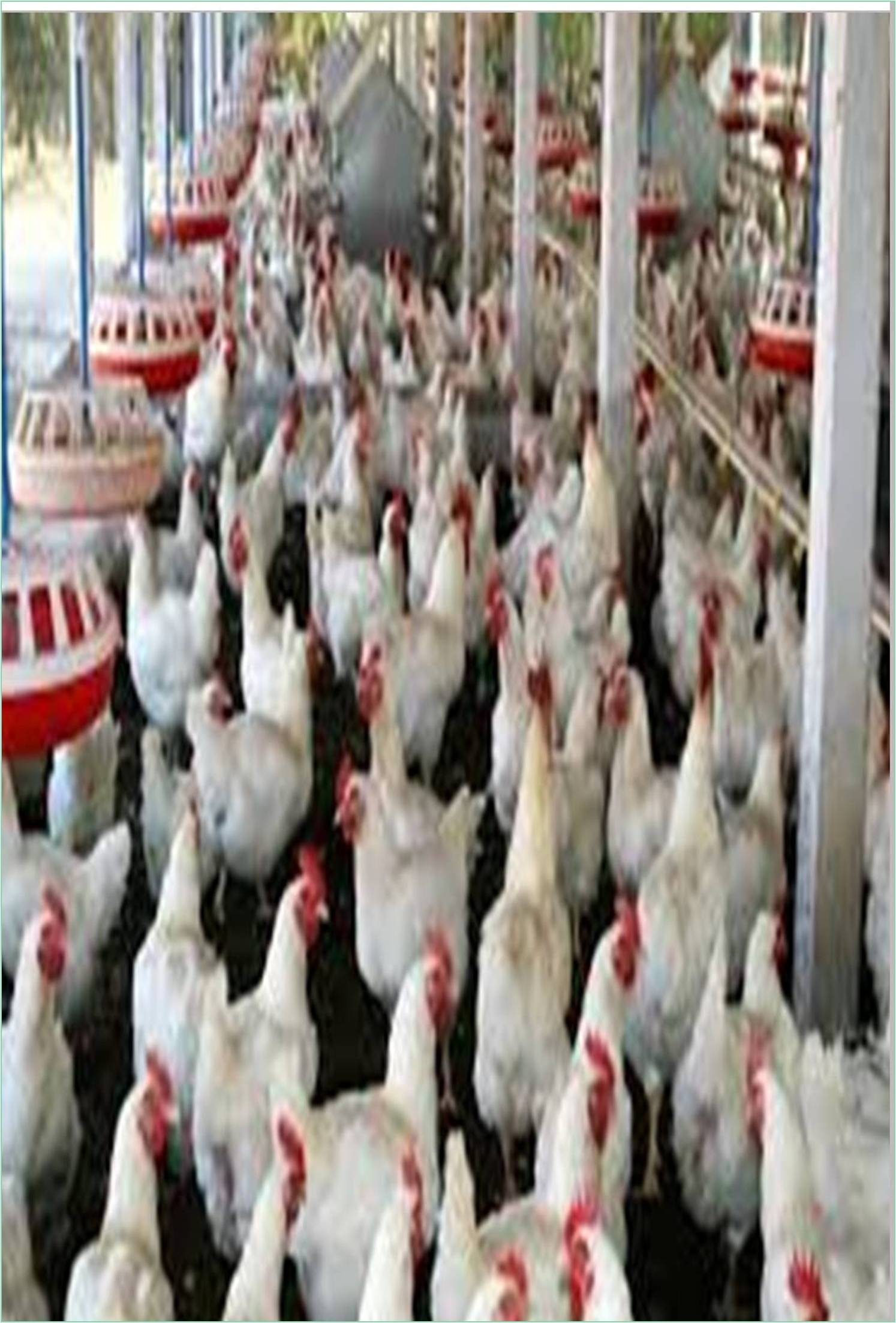



Received: 01-Aug-2022, Manuscript No. GJPFV-22-72023; Editor assigned: 05-Aug-2022, Pre QC No. GJPFV-22-72023(PQ); Reviewed: 26-Aug-2022, QC No. GJPFV-22-72023; Revised: 02-Sep-2022, Manuscript No. GJPFV-22-72023(R); Published: 09-Sep-2022, DOI: 10.15651/2449-1772.22.10.058
For a flock to remain healthy, a balanced, nutrient-rich diet and lots of water are essential. For owners of small flocks, using a pre-mixed feed may be the simplest method. Depending on the age of the bird and whether you are growing it for egg or meat production, different dietary requirements will applicable. Through correct diet, it is crucial to keep poultry healthy and productive. The varied feed ingredients contain the nutrition that birds need. These nutrients include water, minerals, vitamins, and macronutrients including proteins, carbs, and lipids. Even though water isn't typically thought of as a nutrient, its significance must always be stressed. There are various feeding methods, including restricted feeding of mash and grain, free-choice or "cafeteria style" feeding of mash and grain, giving all mash, and different combinations of a complete diet. Each system should be able to meet the unique requirements of your flock and be flexible, reliable, and low maintenance to minimize installation and running expenses. The size of the flock, the work force, and the equipment available will all play a major role in which feeding strategy is selected. The feed supply, equipment, administration, and human practices all play a role in how well any system works. If emphasis is placed on proper cleanliness, adequate housing, equipment, and daily care, the likelihood of disease and/or nutritional issues will be reduced. Good results cannot be anticipated unless chicks are provided a nutritious diet, regardless of the quality of the chicks that were purchased. Free choice enables birds to balance or control the amount of grain and mash they consume. With small flocks, the free choice technique can be effective, but it leaves too much to the imagination for a commercial flock. However, there are general guidelines for feeding turkeys, broilers, layers, and replacement chicks.
In small flocks, controlled mash and grain feeding is employed successfully. The flock fed this way requires more care and consideration than the flock fed all-mash.
Using a concentrate (20 to 23 percent protein), a little amount of whole grains, and a calcium supplement are all components of controlled mash and grain feeding. The amount of grain provided should be estimated to make the overall feed intake contain roughly 16 percent protein. Seasonal modifications can be made to offer more energy (more grain) during cold weather and less energy (less grain) during hot weather (less grain). You can either disperse grains among the litter or put them in hoppers. The single most popular system is the all-mash one. This is particularly true for flocks of commercial size. Instead of letting the hen balance her own ration, man ensures the right nutritional balance. This protects against the likelihood that the hen won't do a good job balancing her own diet in larger flocks. All-mash feeding entails using a single mash that includes every element of a well-balanced meal. With this technique, egg quality features like yolk color and shell thickness are more predictable and manageable. In hanging or motorized feeders, an all-mash ration can be distributed with ease.
Like people, birds can contract the flu. Avian influenza viruses, often known as bird flu or avian influenza, infect many types of birds, including chickens, other poultry, and wild birds like ducks. Almost all bird flu viruses are solely contagious among birds. However, exposure to avian flu can harm people's health. H5N1 was the avian flu virus that caused the first direct human infection, occurring in Hong Kong in 1997. Since the first time, the virus that causes avian flu has spread to birds in Asia, Africa, and Europe. In January, a deadly H5N1 variant invaded India. To stop the illness from spreading throughout the nation, more than 3.9 million hens and ducks were put down, according to a statement released on Wednesday by the Food and Agriculture Organizations. Since February 2, 2008, no new disease outbreaks have been found, according to FAO. According to the World Health Organization, avian influenza primarily affects birds but the H5N1 strain has killed 234 people since 2003, when it first appeared in Asia (WHO).
People who come into contact with infected birds during an outbreak of avian flu may become ill. It's also possible to contract bird flu by consuming improperly prepared poultry or by coming into touch with an infected individual. Bird flu can leave individuals seriously ill or even dead. At the moment, there is no vaccine.